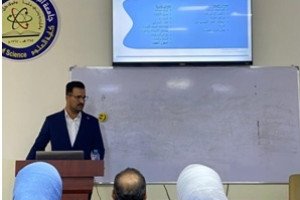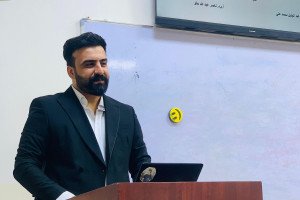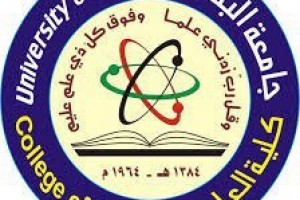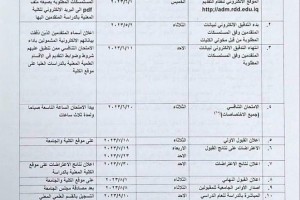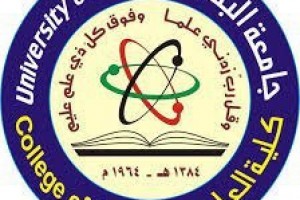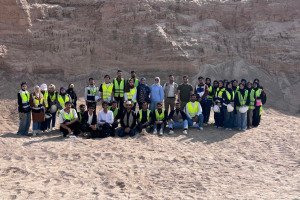
Zainab Kadhim Zbala Al-Khazragie and Prof. Dr. Bushra K. Al-Salami and Prof. Dr. Adnan J. M. Al-Fartosy published a paper entitled (Synthesis, Antimicrobial, Antioxidant, Toxicity and Anticancer Activity of a New Azetidinone, Thiazolidinone and Selenazolidinone Derivatives Based on Sulfonamide) in the Indonesian Journal of Chemistry, which is indexed in Scopus (Q3) database. The study aims to synthesis of a new series of imine compounds by the condensation reaction of sulfonamides with tetrazolo[1,5-a]quinoline-4-carbaldehyde in an acidic medium. These imines were used to a new series of 2-azetidinone compounds by their reactions with chloro acetyl chloride in presences of triethylamine. The cyclocondensation of the imines with thioglycolic acid and 2-seleno-glycolic acid, respectively, afforded 4-thiazolidinone or 4-selenazolidinone derivatives. The results pointed that the tested compounds containing selenium were less toxic than its analogues containing sulphur based on the LD50 value using Dixon's up and down method. The 4-thiazolidinone and 4-selenazolidinone compounds showed antibacterial properties, and all the studied compounds showed a good antioxidant activity but at a lower rate than the standard compound BHT 82%. Our results obviously revealed that thiazolidinone and selenazolidinone compounds had possess a strong activity with good IC50 at (IC50 = 24-90 µg/mL) against human breast cancer MCF-7 cells at a higher rate than the standard compound 5-fluorouracil (IC50 = 97 µg/mL).

